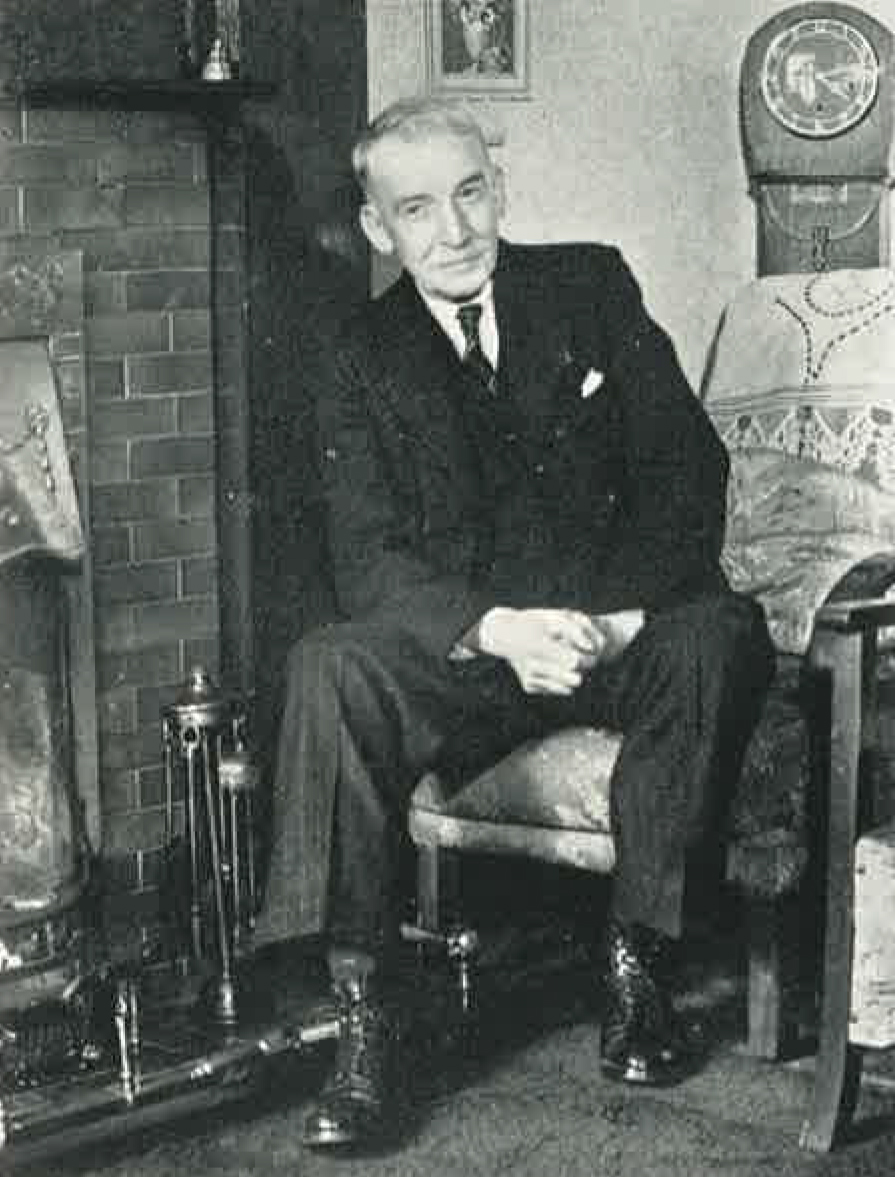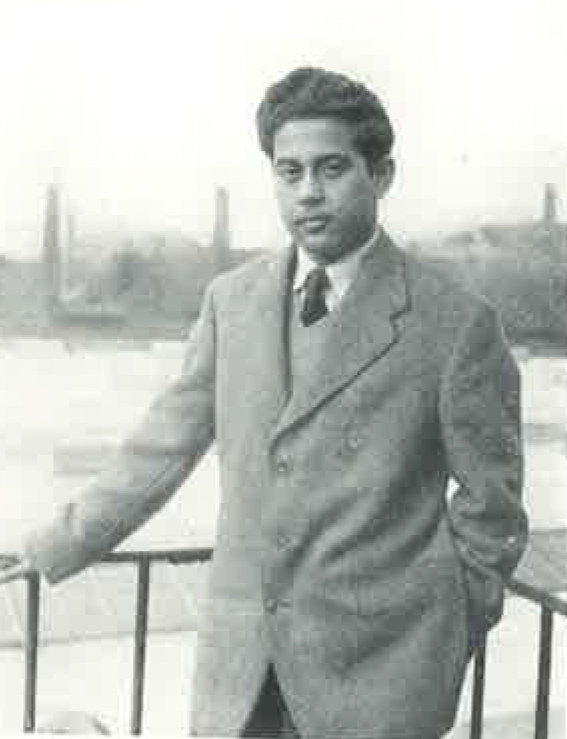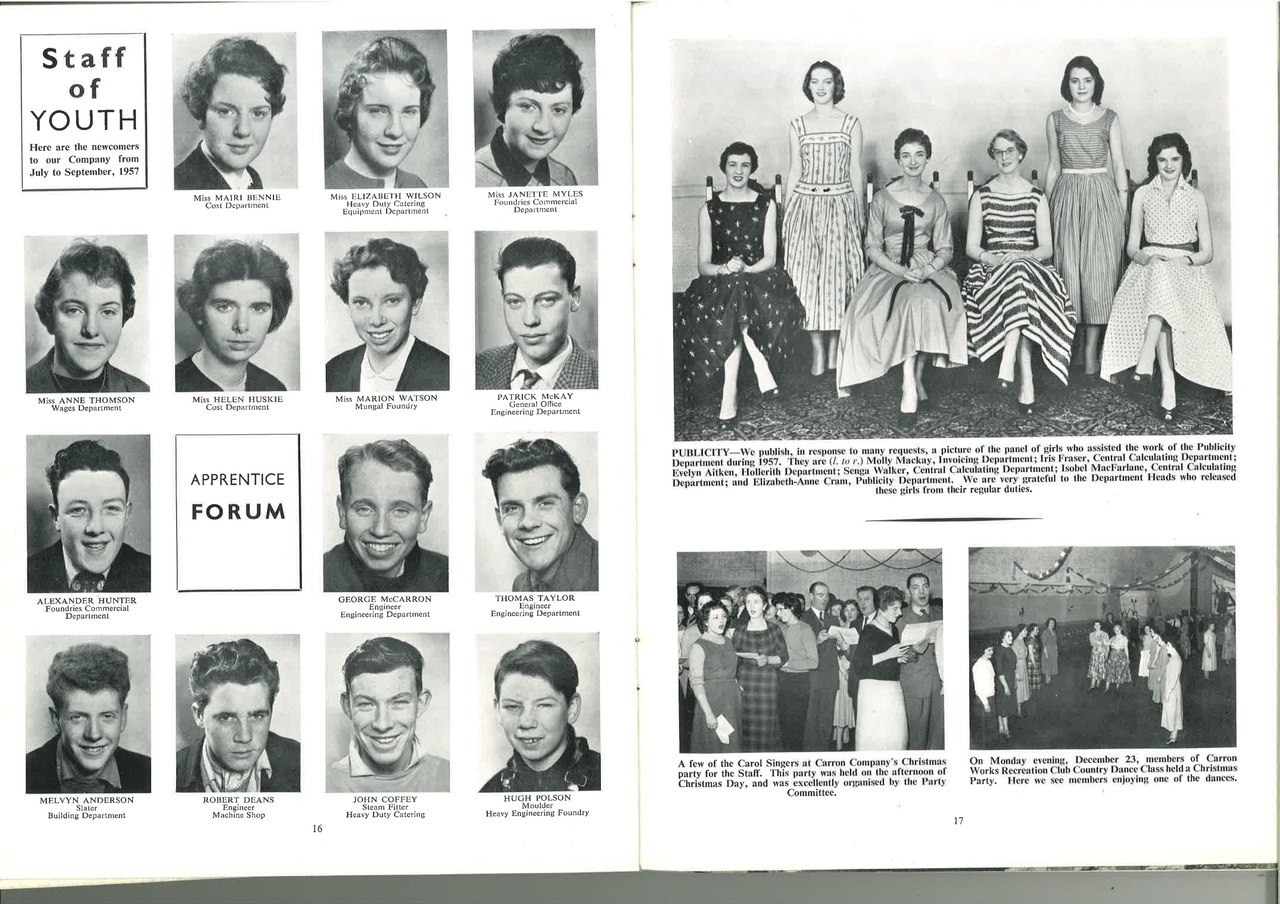The Carron Cupola magazine ran profiles on the people who worked for the Carron Company. Read their stories to find out what it was like for men, women, and children at the ironworks.
William Anderson: Superintendent Engineer of Carron
One of the first employees at Carron was a man by the name of William Anderson. Born in 1733 Anderson would be one of the first people to gain employment at the company. In his early days he was fascinated with the large-scale engineering projects taking place at the works. He began work in the engineering department and worked his way up to Superintendent of the Engineering Department at Carron.
Anderson travelled by horseback from his farm to the works and, as a devout Christian, would not work on the Sabbath, which once lead to difficulties and an angry confrontation with the manager Joseph Stainton. Anderson was asked to fix a broken engine on a Sunday. He left his home at midnight on Sunday night, ensuring he observed the Sabbath but proving that he was also loyal to the company. He told Joseph Stainton, “As you know I refused to make an agreement to work the Sabbath. I have a master to serve higher than the Company.” According to Carron Company historian Brian Watters, a perturbed Stainton would respond “You have upset me a bit Anderson; maybe I have been hasty. Away and get the d-m-d thing going again.” Stainton’s unusual leniency proves how important Anderson was to the company.
John Dawson: Clerk
John Dawson was the brother of Joseph and William Dawson who ran the Carron Company during a large portion of the 19th Century. John oversaw the pig iron department at Carron at the time where employees graded iron for the furnaces. He was also in charge of the payment of some of the company’s employees and managed the welfare of the swans which swam in the nearby dams of the Carron Works. John lived on Mount Carron with his wife Jane and is believed to have had a hand in the establishment of the Carron Victualling Society in 1830s, which later helped set up co-operatives for Carron’s workers. He was also an amateur entomologist and kept a collection of moths in jars.
Percy Goldson: Bronze Plating Department
Between 1950 and 1964, the Carron Company published its own in-house magazine The Cupola. It had array of features, one of which, “Our People,” interviewed employees over the years. While many gave rose-tinted recollections of their work and times at the Carron Works, it still provides a fascinating insight to the life and times at the Carron Company.
Sixty-two years. It sounds like a long time when you say it, but it’s not a long time when you’ve worked it, no, it’s not so long.
fields['text']) echo $section->fields['text']; ?>
The Carron Works had a great deal of stalwarts, like Percy who worked there for 62 years, who contributed lifelong service to the Company. Born in Leeds, Percy relocated to Falkirk when his father took up employment as a foreman at Carron. He followed his father into the Carron Company, first working as an office boy at the age of twelve. One year later Percy began his apprenticeship. He would start his days at 6.10am in the bronze-plating department, working on an array of bronze-plated Carron products with the famous “Carron Finish.” Percy’s years of service did not come without sacrifice, as he lost a finger, he says, to his “own carelessness.” Despite this incident he did not lose any fondness and was proud to see his daughter follow him into the electro bronzing and plating department. His told her when she joined the Carron Company to “keep up the high standards and remember every job must have the Carron finish.”




Assim Chattergee: Foundry Worker
Carron Company not only recruited employees from the local area, they attracted workers from all around the world. One such individual was Asim Chattergee from the outskirts of Kolkata (Calcutta). He came to Carron to learn about heavy industry, as many new foundries were springing up around India at the time. He said:
I prided myself on my knowledge of the English language, but I hadn’t been there for long before I realised that the understanding the local dialect was a different matter altogether.
fields['text']) echo $section->fields['text']; ?>
He spent two years at the company before going to technical college in Wolverhampton to take his knowledge back home to inform his work there. He returned to the Scotland to join the celebrations of the company’s 200th anniversary and said that “Carron is a very well-known name at home, and everyone will be interested to hear about the foundry’s two-hundredth birthday party.”
Catherine Sneddon: Pillar Box Partner, Mungal Foundry
The “our people” section of the Cupola sometimes expanded beyond people’s lives in the works. It covered, for example, a pillar box painter, Catherine Sneddon, on her trip to the BBC Studios in London.
Catherine made an appearance on the BBC panel show “What’s my Line” presented by Eamonn Andrews, where celebrity panellist tried to guess the occupation of a member of the public. Catherine was plucked from the Carron Works to test the knowledge of their panellists. In addition to getting 15 minutes of fame on the BBC, Catherine also was treated to a VIP day out across the City of London. She visited everywhere from Piccadilly Circus to the Tower of London, where she saw one of the oldest ever Carronades on display. Her big moment came where she was quizzed by the panellists Lady Barnett, Barbara Kelly, Sid James and David Nixon. She was nervous at first but was soon able to beat the panel and won a round of applause from the studio audience.
By John McMorrine and Ian Fraser.

